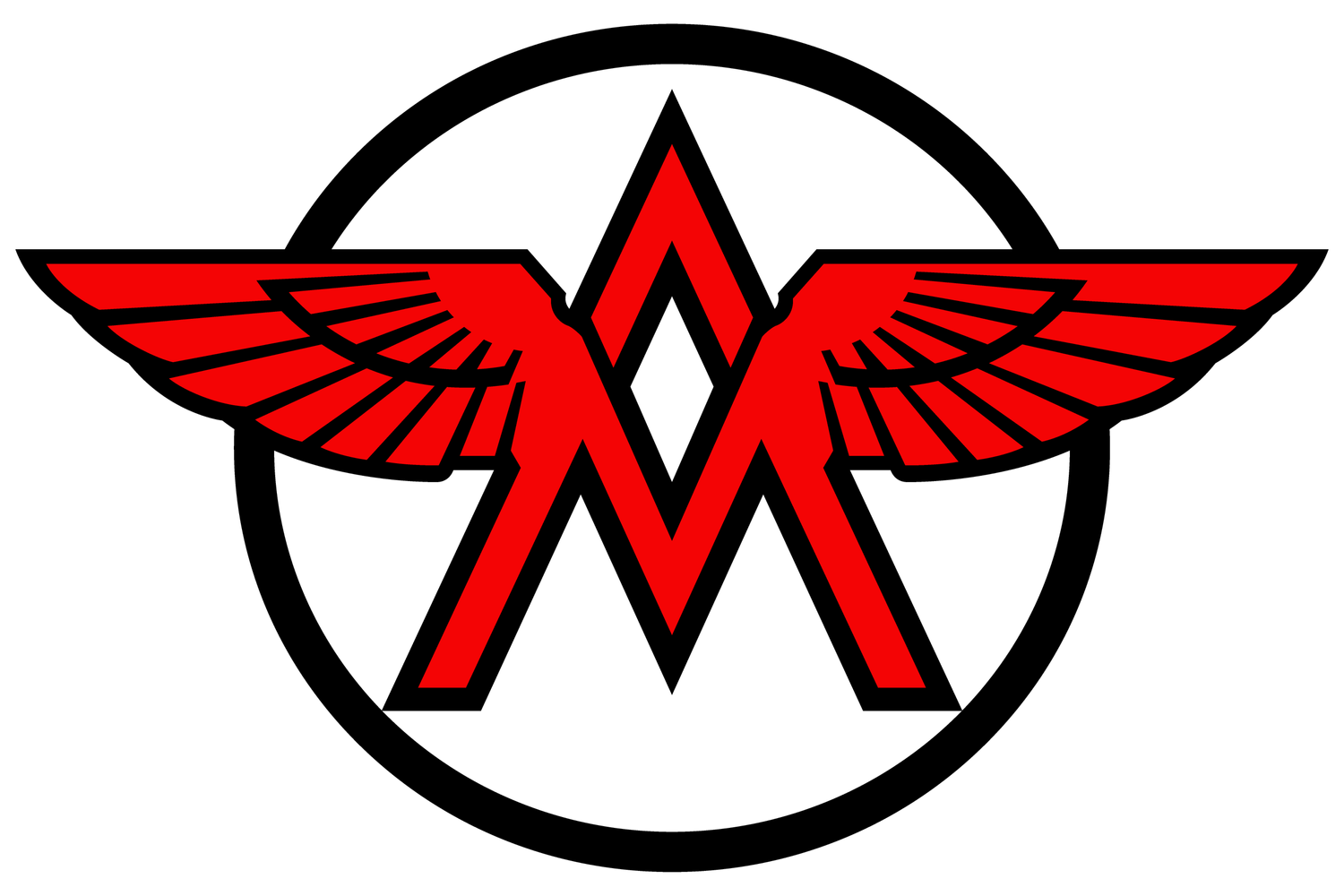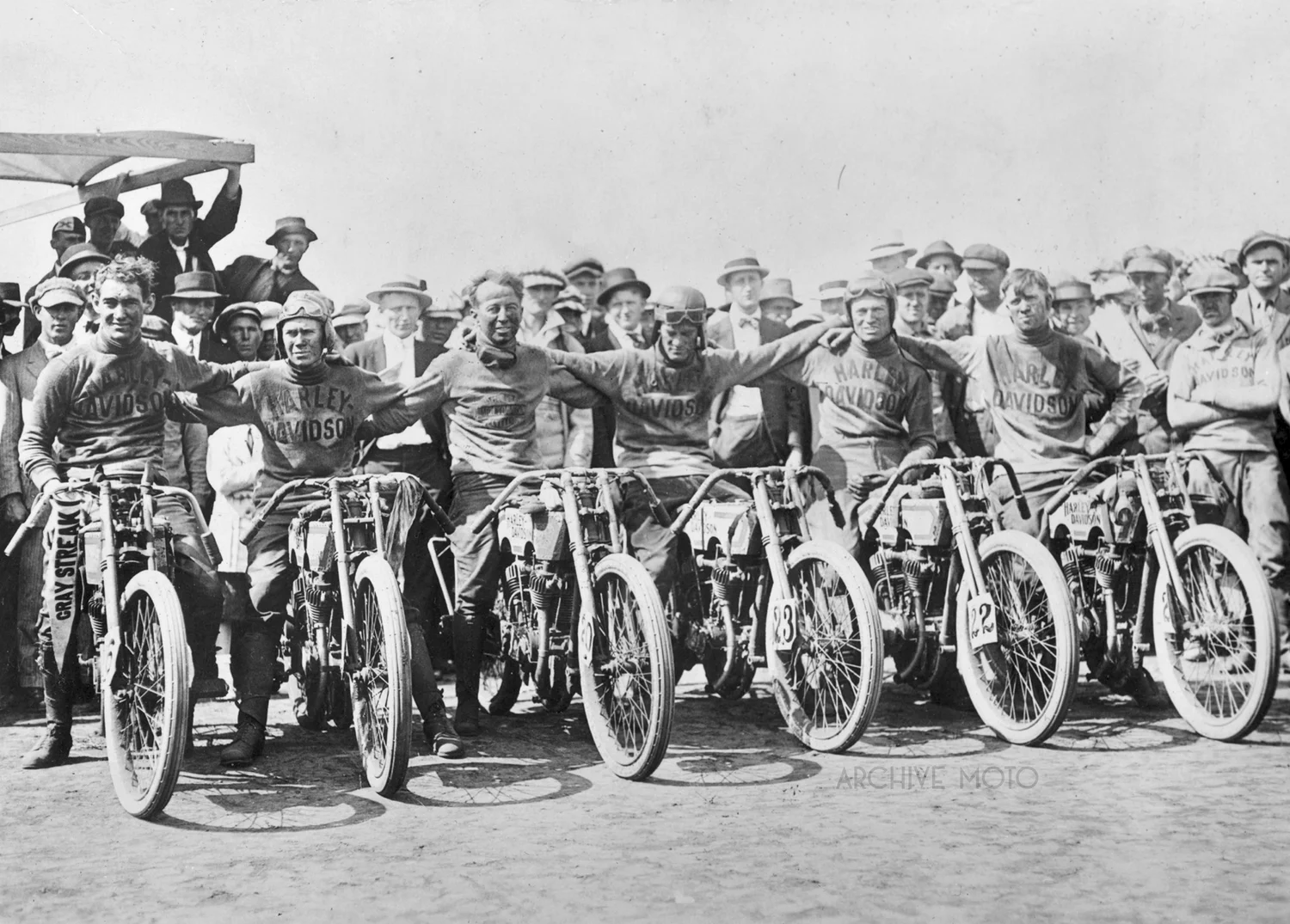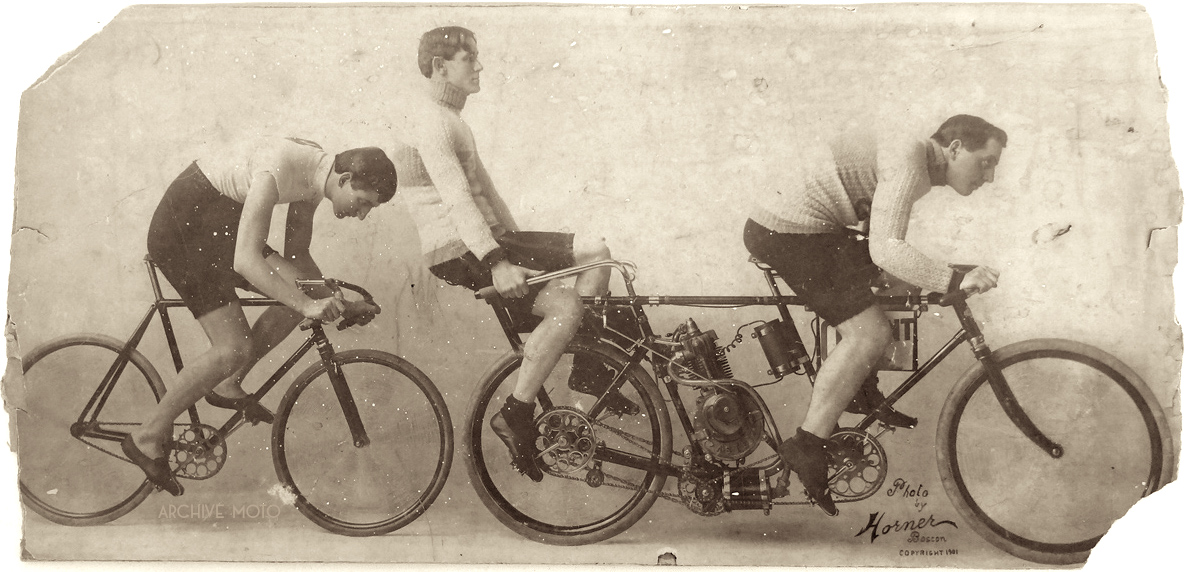On December 30, 1912, on the wide boards of the Playa Del Rey board track in Los Angeles, a local Class B racer named Lee I. Humiston mounted his new 61ci Excelsior twin and set off for the day’s speed trails. Like a lightning bolt of grey and red, Humiston and his Excelsior shot around the massive 1 mile long wooden circle at Playa, the largest wooden track of its time which had a shallow banking of only 20 degrees, and set a new mile record of 36 seconds flat. The occasion was a spectacular moment in American motorcycle history and all who were present knew it, as it marked the first time that a man and a motorcycle had ever reached the 100 mph mark.
At only 17 years old, Ray Seymour, the “California Wonder” had already established himself as one of the top competitors in the sport of American motorcycle racing by 1909. The freckle-faced youngster had only begun racing around the dirt tracks of Southern California the year before, and became a staple crack at LA’s Agriculture Park, one of the first hubs of the sport. His ability to hold his own at such a young age against the country’s first generation of racers, experienced and hardened carry-overs from the glory days of bicycle competition put him at the top of the class of America’s second wave of pioneer racers, and helped earn him a factory sponsorship with Reading Standard.
“Farmer” Joe Wolters debuting the powerful new Excelsior “7” on the boards of Chicago’s Riverview Motordrome in early August, 1911. Wolters had just arrived in the Windy City from racing at the two board track motordromes in Denver, Tuileries and Lakeside that June. Joe had first acquired an Excelsior mount the season prior from the local Denver dealer, and when he discovered that the belt on his ported Excelsior single would slip once it became oily he set about converting it to a chain drive, as such introducing the first chain-driven Excelsior, squeezing 10 mph more out of the machine.
Inspired by French cycling star Henri Fournier’s motorized pacing machine which he brought to the United States in 1897, companies like the Waltham Manufacturing Company, makers of the popular Orient line of bicycles and tandem pacers began acquiring French made DeDion button engines to experiment with their own motor-pacer designs. Paced bicycle races had grown in popularity leading up to 1900, and with the introduction and application of new gasoline powered combustion engines the pacing machines had quickly become a sensation at the track.





